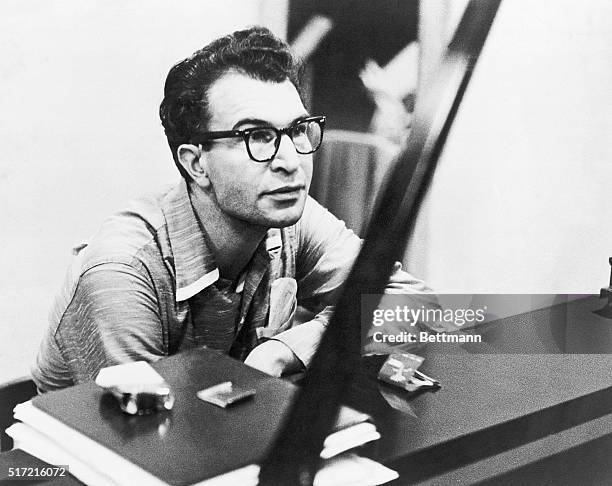Iconic Jazz Composition
"Take Five" is a timeless jazz classic by the Dave Brubeck Quartet, first recorded in the late 1950s. Known for its distinctive 5/4 time signature, this song stands out in the jazz world for its innovative structure and rhythmic complexity. Paul Desmond, the quartet's saxophonist, composed this piece, which quickly became synonymous with the era's jazz exploration and creativity.
Pioneering Rhythms
During a time when the 4/4 time signature dominated, "Take Five" broke new ground by introducing audiences to the allure of odd-time jazz. This 1940s song, despite its later recording, represents an era of experimentation and boundary-pushing in music. The track's sophisticated interplay between piano, saxophone, and drums showcases the ensemble's tight coordination and musical prowess.
Enduring Legacy
"Take Five" has been covered by numerous artists across various genres, further cementing its impact on the music industry. Notable cover versions include Al Jarreau's vocal interpretation and versions by George Benson and Carmen McRae. Its cultural impact continues to resonate, as the track is frequently used in films and television, introducing new generations to its unique sound.
Timeless Appeal
The song's relevance endures due to its groundbreaking approach and timeless melody. Even decades later, "Take Five" remains a staple in jazz repertoires and continues to inspire musicians and listeners alike. Its blend of innovation and classic jazz elements ensures its place in music history as a quintessential piece that transcends time.

Comments (0)